변덕스럽고 신비롭다는 것은 이 놀라운 화산을 묘사하는 완벽한 단어입니다. 보기에는 아름답지만 터지면 무섭고 무섭습니다.
화산은 지각판의 움직임으로 인해 발생하는 지각의 균열로 만들어집니다. 지각과 상부 맨틀이 서로 멀어질 때 발산합니다. 또는 수렴 – 서로 충돌하거나 아래에서 충돌할 때. 거대한 화산이 만들어지기까지 수천 번의 분출과 용암층이 일반적으로 10,000~500,000년이 걸린다는 것을 알고 계셨습니까?
이탈리아에는 유럽 본토에서 유일한 활화산이 있습니다. 화산 폭발로 인한 미네랄이 풍부한 토양 덕분에 많은 포도밭이 화산 근처에서 번성합니다. 완벽한 와인을 만드는 비결이 아닐까요?
이탈리아에서 꼭 알아야 할 5개의 화산이 있습니다.
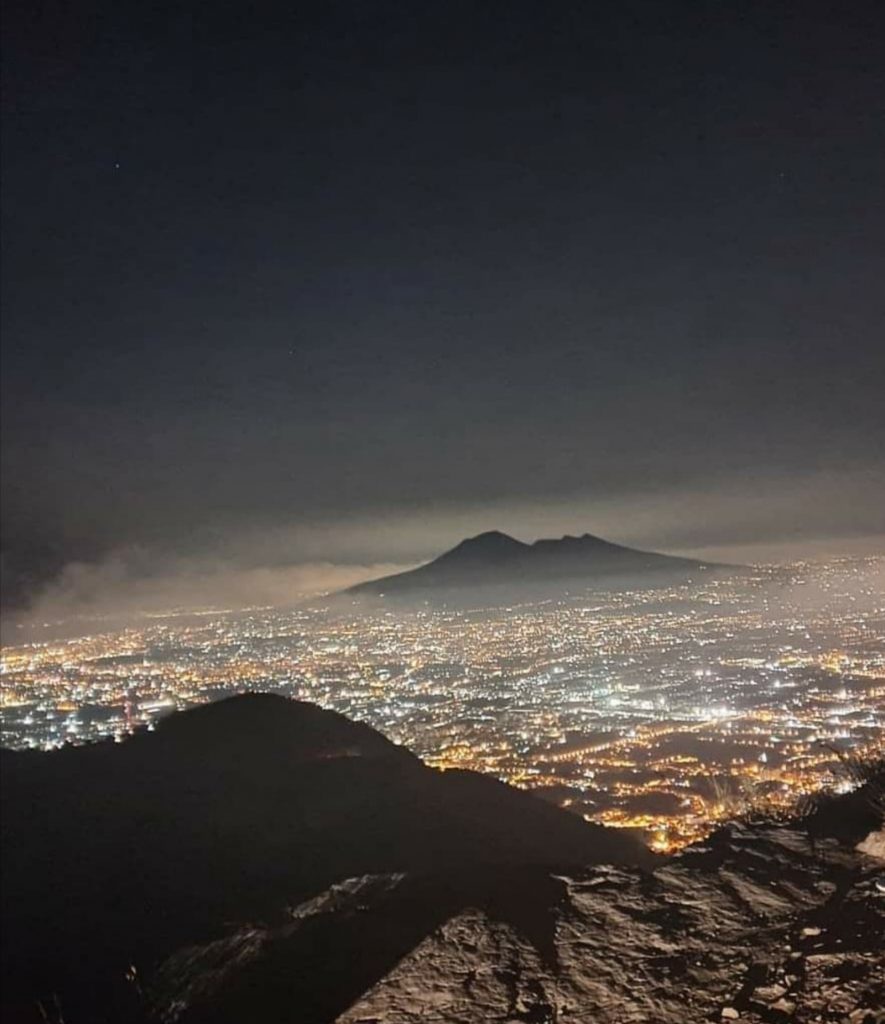
베수비오 산
이탈리아 캄파니아 주의 나폴리에 위치하고 있습니다. 로마인들이 화산을 헤라클레스에게 바쳤다고 합니다. 조각조각 잘 생긴 힘의 신이시죠? ‘불을 토한’ 곳에서 ‘플레게이안 평원’이라는 곳을 찾았다고 한다. 그곳에는 거인들이 살고 있었고 신들의 도움으로 그는 그 지역을 진정시키고 모험을 계속했습니다.
베수비오 화산 단지의 탄생은 400,000년 전으로 거슬러 올라갑니다(깊은 천공으로 수집된 가장 오래된 해저 화산 퇴적물에 대한 연대 측정). 가장 확실한 정보는 지난 25,000년에 관한 것입니다. 베수비오 산은 아프리카와 유라시아 지각판이 충돌하면서 형성되었습니다.
화산의 분출은 다양하지만 한 경우에는 폭발이 너무 심각하여 남부 이탈리아 전체가 화산재 낙하로 뒤덮였습니다. 한때 화산재는 1,200km 떨어진 이스탄불에도 도달했습니다. 1750년 이래로 베수비오 화산 폭발 중 7번은 5년 이상 지속되었습니다.
활화산임에도 불구하고 주변 지역은 1995년에 국립공원으로 지정되었습니다. 화산 주변에는 공원 당국이 매주 관리하는 산책로가 있습니다.
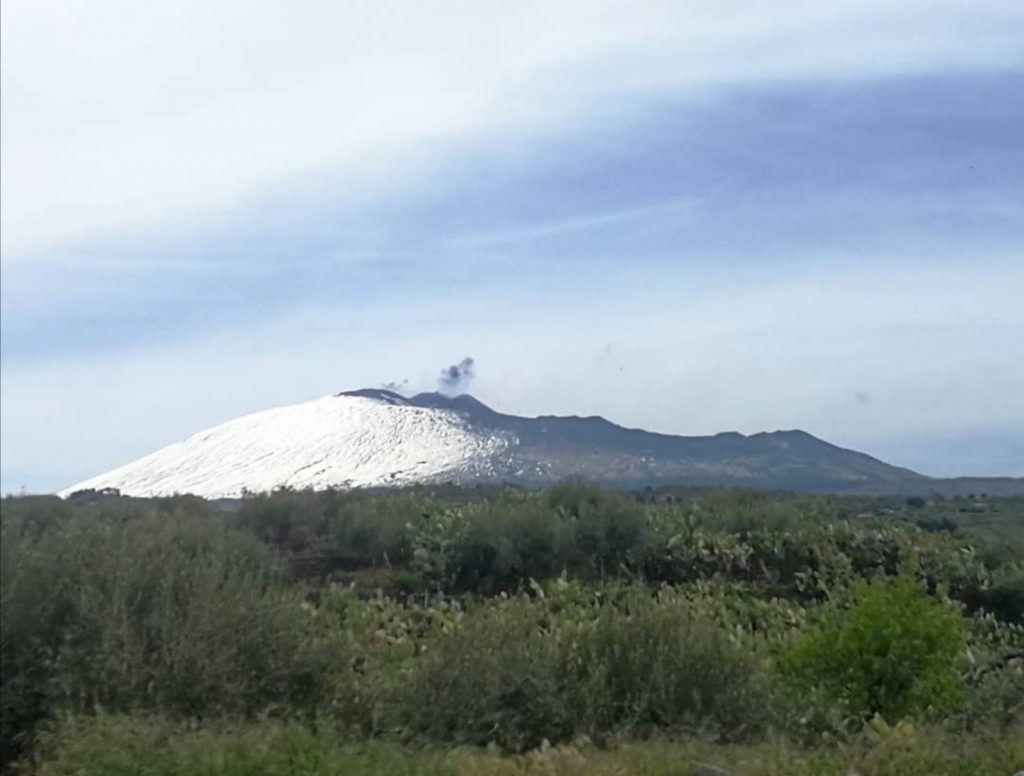
에트나 산
Etna는 시칠리아에 위치하고 있으며 유라시아 판에서 가장 높은 활화산입니다. 해발 3,326m입니다. 2016년에는 세계에서 가장 활동적인 화산 중 하나이기 때문에 유네스코 세계 문화 유산 목록에 추가되었습니다. 거의 일정한 활동 상태로 인해 화산 토양은 인근 포도원과 과수원을 매우 비옥하게 만듭니다.
그리스 신화에서 치명적인 괴물 티폰은 하늘과 천둥의 신이자 신들의 왕인 제우스에 의해 이 산 아래에 갇혔습니다. 그 아래에는 그리스의 대장장이의 신 헤파이스토스의 대장간도 있었다고 한다.
활성 상태에도 불구하고 에트나 산은 시칠리아의 관광 명소로 남아 있습니다. 수천 명의 방문객이 두 개의 스키 리조트(Sapienza Refuge와 OP iano Provenzana와 Ferrovia Circumetnea인 협궤 철도)로 아름다움을 즐깁니다.
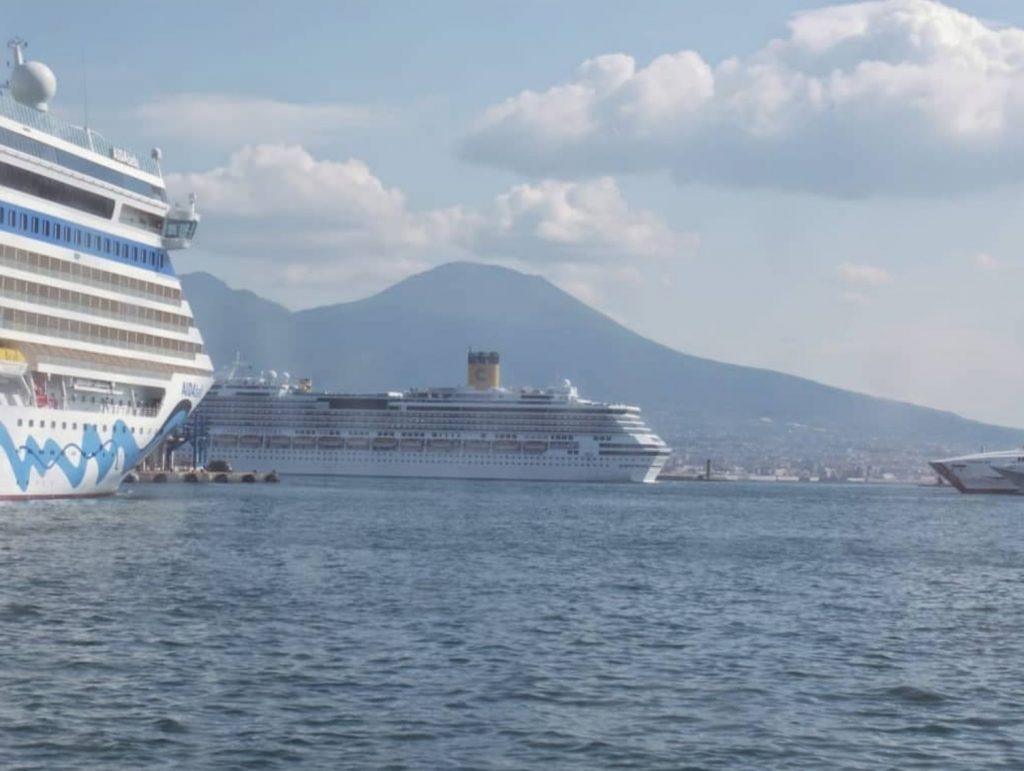
마운트 에포메오
Ischia의 화산 활동이 시작된 시기는 정확히 알려져 있지 않지만 가장 오래된 노두 암석은 일련의 분출 분출의 산물이 겹쳐진 고대의 복잡한 화산 장치의 존재를 증언합니다(용암 돔과 종속 흐름) 및 폭발은 150,000년에서 74,000년 전에 발생했습니다.
해발 788m의 에포메오산 정상에는 “라 그로타 다 피오레(La Grotta da Fiore)”라는 바와 레스토랑이 있습니다. 정상까지 1~2시간 하이킹(체력 수준에 따라 다름) 후 휴식을 취하고 섬과 주변 만의 아름다운 전망을 감상하세요.
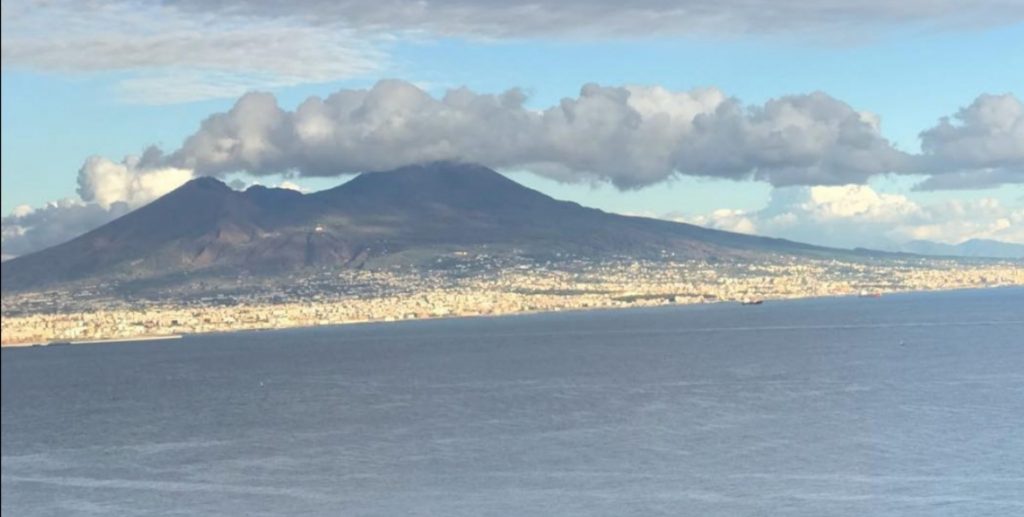
판텔라리아 화산섬
판텔레리아 섬은 시칠리아 해협의 해저에서 1000미터 이상 솟아 있는 활화산의 일부입니다. 섬의 면적은 83제곱킬로미터입니다. 판텔레리아는 과알칼리성 화산 활동과 지질학적 진화 및 분출 역학으로 유명합니다.
홀로세 분출은 경석 원뿔, 용암 돔 및 짧고 뭉툭한 용암 흐름을 구성했습니다. 많은 홀로세 통풍구는 섬의 남동쪽에 있는 Montagna Grande 블록의 3면에 있습니다. 1891년 북서부 해안에서 4km 떨어진 분출구에서 발생한 잠수함 폭발은 유일하게 확인된 역사적 활동입니다.
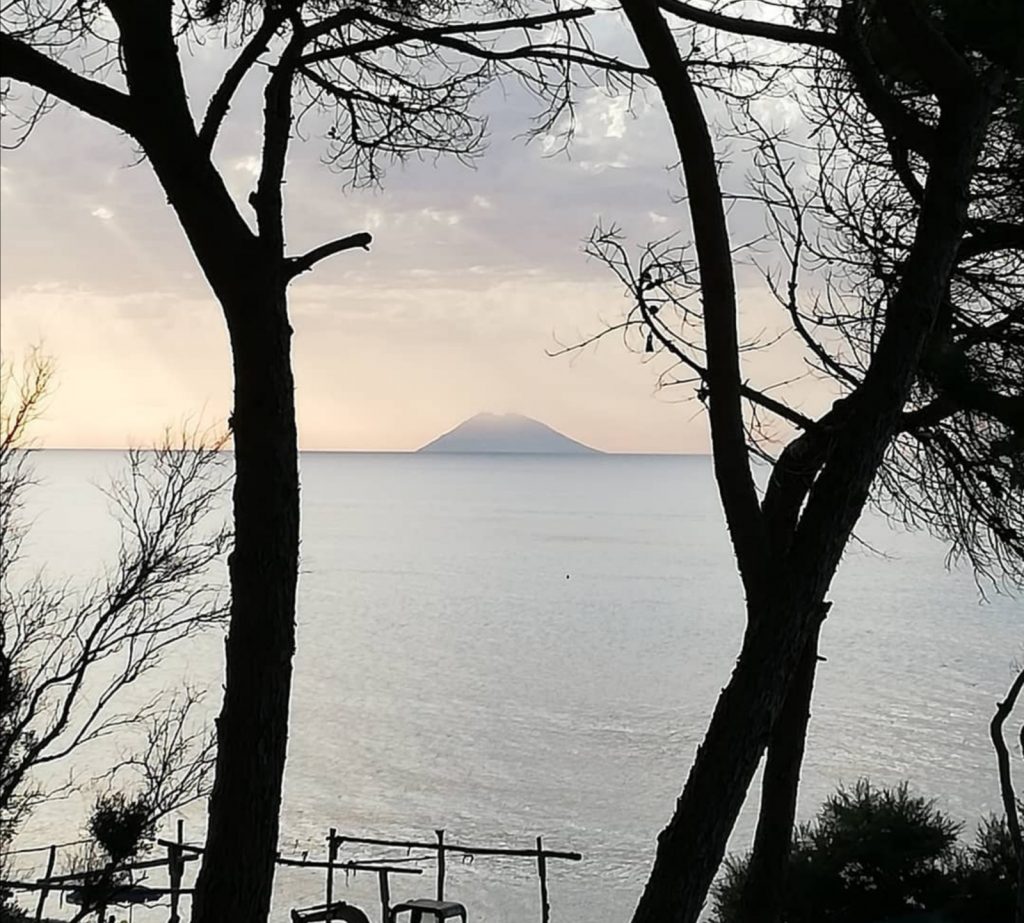
스트롬볼리 산
Stromboli is an active volcano that is part of the Aeolian arc, located on the island of Stromboli, and is one of the three active volcanoes in Italy. The volcano has erupted many times with constant minor eruptions, often visible from many points on the island and from the surrounding sea. This activity gave the island its nickname, “Lighthouse of the Mediterranean”.
The island’s area is 12 square kilometers and the peak of the volcano is at 926 meters above sea level. Regardless of the volcano’s activity, the population was recorded at about 500 as of 2016.
Tourists even have a unique chance to watch the eruptions happen. From the rim of an older crater, you can stand only 150-250 meters almost directly above the active craters! Of course, there is a risk of being involved in an accident if a big explosion suddenly happens but according to locals, it is extremely small.
화산 폭발은 혼란이나 혼란으로 보일 수 있습니다. 특히 생명을 앗아가는 경우에 해당하는 경우도 있지만 이는 새로운 시작을 약속하는 의미이기도 합니다. 화산 꼭대기에 새로운 층이 추가된 것처럼, 화산이 일어날 때마다 더 커지고 더 두드러집니다. 거기에 우리의 토양에는 없는 지각 아래에서 오는 미네랄을 추가하십시오. 우리 주변에서 일어나는 일들을 어떻게 보느냐의 문제일 뿐입니다. 유리가 반쯤 비어 있거나 유리가 반쯤 채워져 있습니까? 그때까지 Vivi la vita al Massimo!